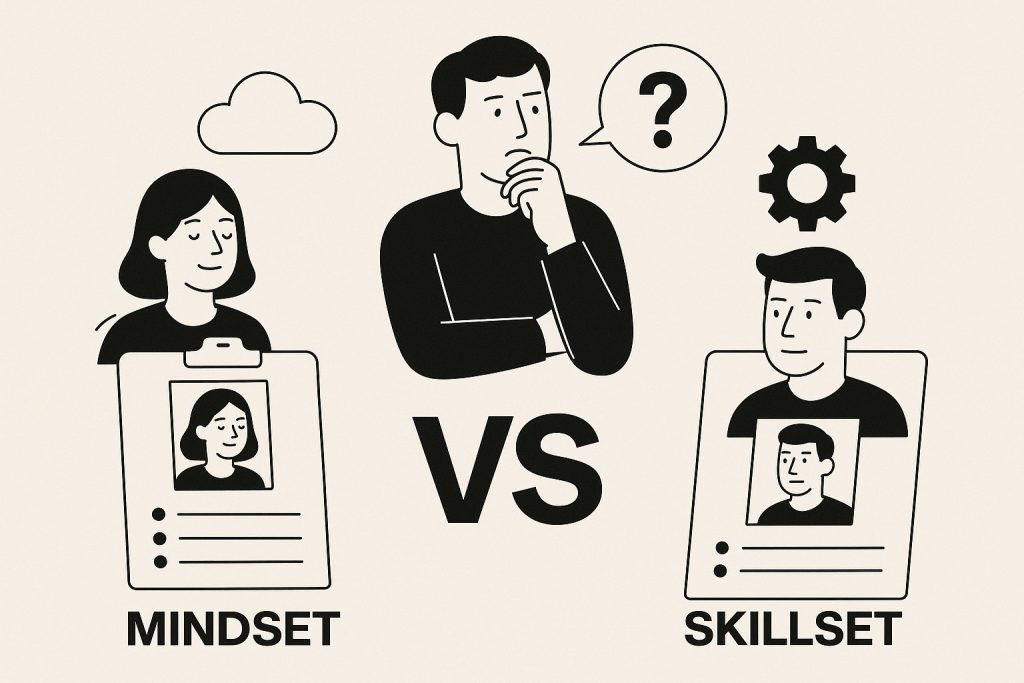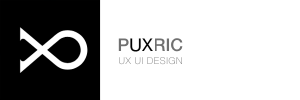Over the past few weeks, I found myself in a role that was both exciting and exhausting: we were looking for a new member of our UX team: a Product Designer who could strengthen us in the right areas and bring fresh value to the projects we work on.
This process made me pause and reflect, not just on the candidates, but also on us as a team: who we are, what we truly need, and where we want to go.
The Process We Followed
From the start, we aimed for a process that would be thorough but efficient. It included:
- Writing a job ad that would attract the type of candidates we were looking for
- Choosing the right channels to publish it, starting with our own career site, and later expanding to LinkedIn
- Reviewing portfolios and CVs, together with HR and myself as the team lead
- Initial interviews focused on experience and motivation
- A practical case study: shared the day before the interview, without strict guidelines, to allow full creativity
- A final team discussion over a relaxed lunch, where we focused more on cultural fit and personality
What mattered most to us wasn’t just passing a “technical” check – we wanted to see how candidates think, how they communicate, and how they would fit into the way we work.
Focus Areas and Evaluation Criteria
As a UX team, we constantly balance between research, conceptual design, visual quality, and practical delivery. So we looked for candidates with:
- A strong understanding of the UX process: from discovery to delivery
- Strategic and analytical thinking
- Visual design quality and experience working with design systems
- Efficiency and structured, organized work
- Clear communication and team collaboration
- The ability to deliver fast, without compromising on quality
The Hardest Part: Choosing Between Great Candidates
We were lucky to have some amazing applicants. Three candidates, in particular, stood out:
- One impressed everyone with strong visual storytelling and presentation skills – the kind of work that inspired the whole team.
- The second was excellent in the discovery phase – with sharp insights and thoughtful, strategic questions that even made us reflect more deeply on our own product challenges.
- The third was quiet, stable, and incredibly structured – their case study showed a clear understanding of the entire UX process, from problem to solution, in a very organized and thoughtful way.
The question became: what do we need more right now?
The team recognised that the first candidate would bring strengths we currently lack, especially strong visual design and fast UI delivery. But I saw in the third candidate someone who could help the team get better organised, support members who are less confident in the discovery phase, and bring a sense of calm and stability.
This led to an important question for me as a lead:
Do we choose the strongest individual, or the person who will help the team grow the most as a whole?
The Cultural Fit Dilemma
How much should we prioritise cultural fit?
Are we hiring a mindset or a skill set?
And more importantly: are we at risk of becoming a closed group, a kind of “bubble,” if we focus too much on mindset and not enough on diversity of thought?

Lessons Learned
At the end of this process, besides choosing the right candidate, I was left with a few important takeaways:
- A great candidate on paper isn’t always the right one for your team. Team dynamics and current needs matter more.
- Don’t look for the “perfect” profile – look for balance. Sometimes it’s better to hire someone who fills in the team’s gaps, not someone who duplicates its strengths.
- A case study reveals much more than a portfolio – it shows thinking, structure, and decision-making.
- Involve your team – but know the final decision is yours, as a leader.
- Take time to give feedback, even to those who didn’t make it – they might be the right person for a different role (like our wonderful second candidate).
Final Thoughts
Hiring isn’t just about choosing the best CV.
It’s a process of self-reflection – for the team and for the leader.
You learn where your weak spots are, where you’re strong, and what kind of person you need to grow together.
And the best feeling?
Knowing you didn’t just hire a designer, you found a true partner for the next chapter of your team.
